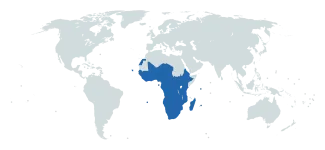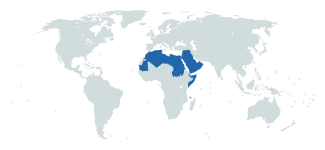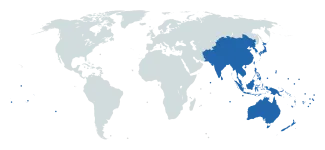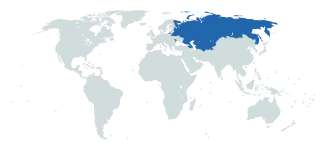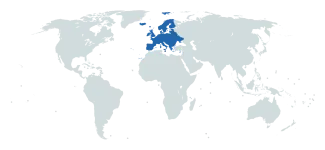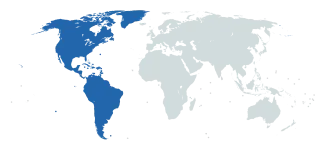Learn about telecommunications around the world. PowertecPowertec: Powertec is a wireless technology manufacturer and systems integrator based in Australia. Operating since 1995, Powertec has grown to become the leading wireless technology distributor in its region, and a leading Infratech systems developer. Supporting over 1500 partners the company provides… is compiling resources on companies, mobile networks, and regulatory information on countries not just within the Asia Pacific region but around the world.
The global telecommunications industry is predominantly regulated by the International Telecommunication Union (ITU), a specialised agency of the United Nations. The ITU is tasked with facilitating international communication through the development of technical standards. The ITU tracks and benchmarks the progress of countries and promotes development in underserved communities worldwide.
It's important to note that Powertec compiles research on a range of sovereign and disputed territories regardless of their geopolitical status. We endeavour to remain an impartial observer and defer to international guidance where possible.
Geographic Regions
Choose a region below to view countries in that region. Regions are grouped by ITU classification.
Browse all Countries
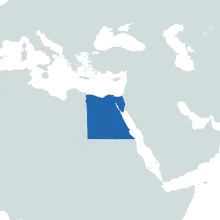
Egypt, located in North Africa, is characterised by a diverse geography with the vast Sahara Desert, fertile Nile River Valley, and the Mediterranean coast. Its population of 109 million is heavily concentrated along the Nile, with densely populated cities including Cairo and Alexandria. This uneven population distribution presents unique challenges in telecommunications and technology ...
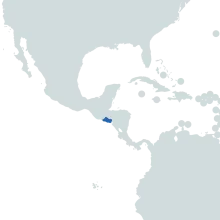
El Salvador, Central America's smallest country, is densely populated with over six million people predominantly residing in urban areas, including the capital, San Salvador. Its mountainous terrain, with the Pacific coast to the south, poses challenges for technology infrastructure, specifically telecommunications. Even so, El Salvador has made significant strides in digital connectivity, with ...

Equatorial Guinea, located on the west coast of Central Africa, has a diverse geographical layout with coastal plains rising to interior hills and plateaus. This spread-out geography and a relatively small population of around 1.6 million people can present challenges for technology and telecommunications infrastructure. Its population is unevenly distributed, with a significant portion residing ...

Eritrea, a country located in the Horn of Africa, displays a varied topography with coastal plains, plateaus and highlands, potentially influencing the distribution of telecommunications infrastructure. The population is dispersed across rural and urban areas, with the capital city, Asmara, holding a significant percentage of the 3.6 million inhabitants. Eritrea's telecommunications sector is ...
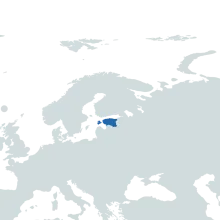
Estonia, a small Finnic nation in Northern Europe, has a population primarily distributed across urban regions, with over 70% of the 1.3 million people residing in its towns. The country's geography is characterised by broad spanning forests, numerous islands, and a flat terrain which has proven conducive to advancing its telecommunications infrastructure. Estonia’s relatively small size and urban ...

Eswatini, commonly known as Swaziland, is a landlocked country located in Southern Africa. Spanning a geographical area of approximately 17,364 square kilometres, the country's population is widely dispersed across mountainous and lowveld regions, with a concentration of settlements in the Manzini, Hhohho, and Shiselweni regions. This geographical diversity and population distribution present ...

Ethiopia, located in the Horn of Africa, is a landlocked country marked by diverse terrain, from the rugged Simien Mountains to the scorching Danakil Depression. It has a population of over 120 million, largely scattered in rural areas, which presents a challenge for the provision of reliable telecommunications infrastructure. There's a distinct lack of internet penetration, with only around 17% ...

The Falkland Islands, an archipelago in the South Atlantic Ocean, comprises two main islands and around 776 smaller ones, with a population of approximately 3,700 residents. The islands' remote location and sparse population distribution pose challenges for technology and telecommunications infrastructure. However, the Falkland Islands has implemented innovative solutions, such as the launch of ...
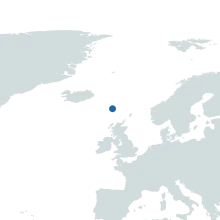
The Faroe Islands, an archipelago of 18 mountainous islands located between Iceland and Norway in the North Atlantic, has a small population of around 52,000, predominantly distributed around its coastal areas. The island's rugged geography and scattered population present logistical challenges for technology and telecommunications. Nonetheless, the Faroe Islands have established a robust ...

Fiji, an archipelago in the South Pacific, consists of more than 300 islands with a population of around 900,000. The geography and population distribution pose significant challenges for technology and telecommunications deployment, with many inhabitants living in remote and rural areas. Fiji's main islands, Viti Levu and Vanua Levu, host most of the population and have better connectivity. Fiji ...
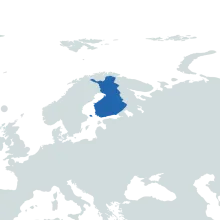
Finland, located in Northern Europe, is a technologically advanced country with a population of approximately 5.5 million. Its geography, marked by a large number of lakes and islands, poses modest challenges for infrastructure development. Despite this, Finland has a robust telecommunications network, with high-speed broadband availability even in remote areas. Helsinki, the capital, is a ...
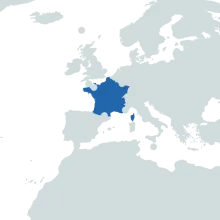
France, located in Western Europe, is one of the world's leading industrialised nations. With a population of over 67 million, the population distribution is densest in and around major cities like Paris, Lyon, and Marseille. The country boasts advanced infrastructure, including a well-developed transportation network and a robust telecommunications system. France's technology sector is mature ...
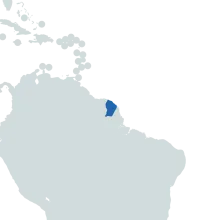
French Guiana, a French overseas territory located on the northeast coast of South America, is characterised by its dense rainforest geography and a sparse population primarily concentrated along the coast. The capital city, Cayenne, is a significant hub for technology and telecommunications in the region. The country hosts the Guiana Space Centre, a major international spaceport with advanced ...
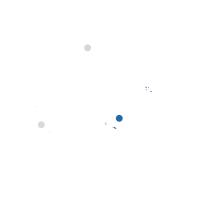
French Polynesia, situated in the South Pacific, is made up of 121 islands and atolls spread across more than 2,000 kilometres. The archipelago's geography and dispersed population contribute to the complexities faced by its telecommunications and technologies sectors. The population of around 305,000 is unevenly distributed, with the majority living in Tahiti, the largest island. The remaining ...

French Southern Territories, comprising of several islands in the Indian Ocean, are isolated with a harsh climate, making technology and telecommunications development challenging. The territories have no indigenous population, with only temporary French military personnel, scientists, officials and support staff residing. The main regions include Kerguelen Islands, St. Paul and Amsterdam Islands ...
